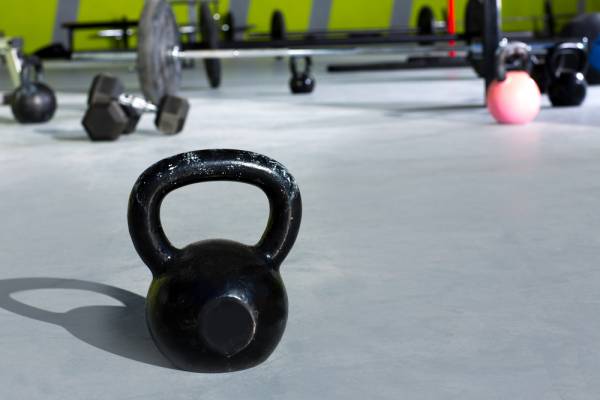We’ve all been there – a forced lay off due to injury or illness. It’s funny how the body reacts differently to taking a week off for a holiday or work obligations, but a week off due to injury seems to be much harder to come back from.
This is why training diaries are so important. They serve as bookmarks for you to go back and find the place where you should be when you return to normal training. Don’t make the mistake many make when returning and try to go back to the exact same spot you were at – chances are that you’re well behind that. I estimate that it takes four weeks to get back to where you were if you had a forced layoff for a week.
So when you look at your training diary you’re not searching for the last thing you did before your decline, but what you were doing four weeks prior. There’s a fair chance that those four weeks will offer some clues to that break too. It will show how well you were sleeping or refuelling after each session. It’ll show if you were trying for too much volume or overworking certain body parts. A well-kept training diary is a gold mine for everything that has or hasn’t worked well for you in the past. Instinctively you’ll know what was working for you, but seeing it in writing often helps to clarify and cement in your own mind what you should be doing.
This bookmark process, of going back and finding the last place you remember being, is vital to getting back on track. Many people struggle with the comeback element, often trying to go straight back to where they were. The thing about the body is that you don’t remember all the sessions it took to get to how you felt just prior to being sick or hurt. All you remember is how strong and fit you felt.
I was talking to a client today who was a state level gymnast and she was telling me about all the things she used to be able to do as a teenager. She was wondering how come she couldn’t do them now, until I asked her how many years it took her to get to her competitive peak. Well, she started at age four and was competing at her peak at sixteen, so it took twelve years of sacrifice and sweat to get to that level. It shouldn’t take twelve years to get back there, if that is her goal, as the body will always travel the same path faster the next time, but it’s still not going to happen overnight.
Like everyone else, I’ve had my own injury setbacks and have had to retrace my steps back to peak fitness. I can remember after tearing my hamstring off the bone and not being able to train for six months how weak and out of shape I felt when I started training again. It certainly made me realize how hard it is for a sedentary person to try to go from zero to hero.
These days I have a fairly set plan to get back into shape after big layoffs due to sickness or injury. The first part of the plan is exercises that don’t hurt me. It sounds silly to say it, but that list is getting smaller and smaller.
 After some back issues recently I have cut even more lifts from that list and arrived at three that I do almost daily. This grease-the-groove approach to regaining my fitness seems to work best for me. I take my few exercises – single leg deadlifts, get ups, ring dips, pull ups, and kettlebell swings – and work them moderately every day. I use the volume of training to get my result, not intensity. Starting back to training intensity can knock you straight back down that wormhole again, so take your time getting some base again before you start worrying about pushing yourself hard. Then, depending on how badly off I was, I add in either walking or easy running.
After some back issues recently I have cut even more lifts from that list and arrived at three that I do almost daily. This grease-the-groove approach to regaining my fitness seems to work best for me. I take my few exercises – single leg deadlifts, get ups, ring dips, pull ups, and kettlebell swings – and work them moderately every day. I use the volume of training to get my result, not intensity. Starting back to training intensity can knock you straight back down that wormhole again, so take your time getting some base again before you start worrying about pushing yourself hard. Then, depending on how badly off I was, I add in either walking or easy running.
It sounds so simple but I’ve found that it’s important to make sure your training is repeatable. If it’s not repeatable then you won’t be able to do enough of it to get back to where you were. Remember, your body can’t remember that it took you a few years to feel as good as you did, only how it felt to be that way. Look back in your journal, see where you were about a month before your layoff and start there. Formulate your comeback plan around sustainable and repeatable workloads. Finally, make sure to rectify any errors that may have caused the injury or illness in the first place. In many people’s cases they worked too much and recovered too little. Make sure that all sides of the performance equation balance and that your expectations match your abilities.
Photos courtesy of Shutterstock.






